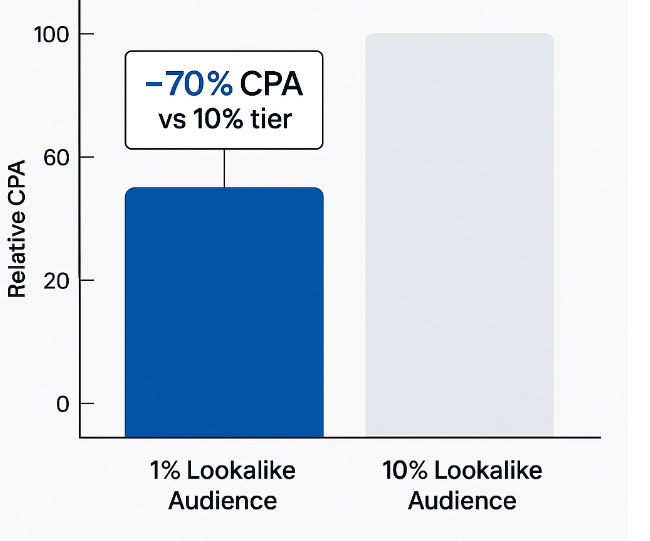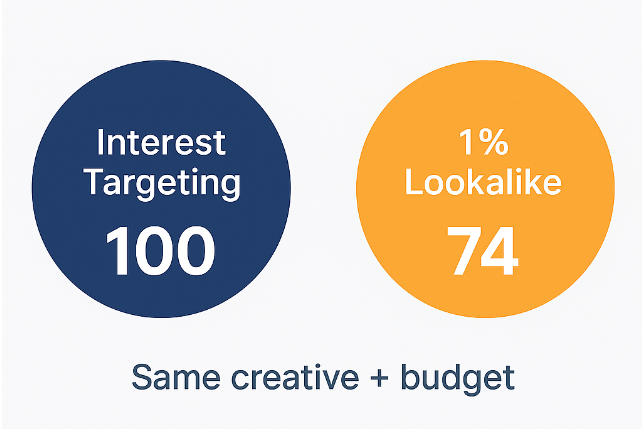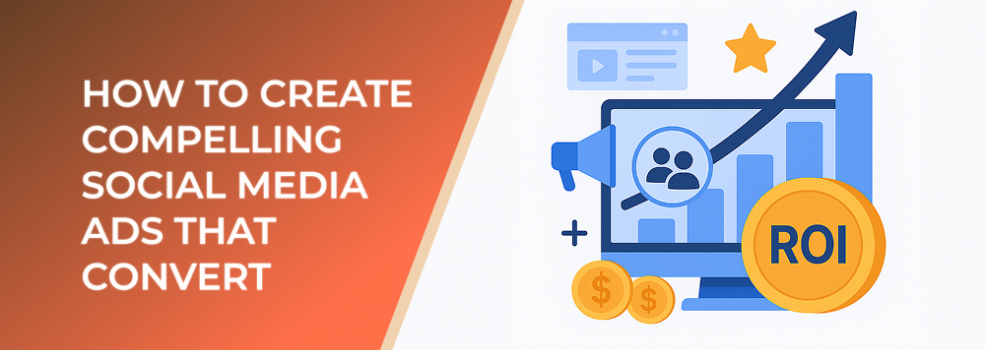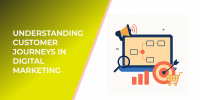This article explains what Lookalike Targeting is, how it works, and why it’s one of the most effective tools for finding high-value customers in digital marketing.
Understanding Lookalike Targeting
Lookalike Targeting is a powerful audience expansion strategy that helps advertisers reach new potential customers who closely resemble their existing high-value users. By leveraging behavioral and demographic data, platforms like Facebook, Instagram, and LinkedIn identify users who share similar traits, interests, or purchasing patterns with your current audience.
Instead of targeting a broad and undefined demographic, Lookalike Targeting focuses on precision — showing your ads to people statistically more likely to engage, convert, and stay loyal.
How It Works
The process begins with creating a source audience, which could be:
-
Your customer list
-
Website visitors tracked by a pixel
-
Engaged users from your social media campaigns
Once the source data is uploaded, advertising platforms use machine learning algorithms to find other users with matching characteristics. You can usually choose how broad or narrow your Lookalike Audience should be — for example, the top 1% most similar users or the top 10%.
A narrower audience (like 1%) is typically more precise and delivers higher conversion rates, while a broader one (like 10%) reaches more people but may include less-qualified users.
Why Lookalike Targeting Boosts ROI
The beauty of Lookalike Targeting lies in its efficiency. You’re not guessing who might be interested in your product — you’re using real data to find statistically similar users.
Key Benefits:
-
Higher Conversion Rates: Ads are shown to users already predisposed to your type of product or service.
-
Lower Cost-per-Acquisition (CPA): By focusing your budget on audiences that perform, you spend less per conversion.
-
Scalability: You can expand your customer base without sacrificing quality.
Statistics That Prove Its Effectiveness

Bar chart illustrating how 1 % Lookalike Audiences achieve ~70 % lower CPA compared with 10 % tiers
-
Precision Matters: A 10% Lookalike Audience had a 70% higher cost-per-conversion than a 1% audience, showing how narrower audiences often yield stronger ROI.
-
Improved Efficiency: Some brands have seen up to 50% lower cost-per-acquisition and 2× higher return on ad spend using Lookalike Targeting.
-
Better Engagement: Campaigns using Lookalike Audiences experience up to 40% higher click-through rates compared to standard demographic targeting.

Infographic showing 1 % Lookalike Audiences achieving 26 % lower CPA than interest-based targeting under equal conditions
These numbers highlight why Lookalike Targeting is a must-have strategy for data-driven marketers.
Best Practices for Success
-
Use Quality Source Data: Start with your best-performing customers to ensure accurate modeling.
-
Segment Your Audiences: Create multiple Lookalikes based on different customer types — high spenders, repeat buyers, or engaged leads.
-
Test Audience Sizes: Compare 1%, 3%, and 5% lookalikes to balance reach and precision.
-
Combine with Retargeting: Layer Lookalike audiences with retargeting for maximum performance.
Real-World Example
Suppose your online store’s most profitable customers are people who have made at least three purchases. By creating a Lookalike Audience based on this segment, you can target new users with similar behavior patterns — increasing your chances of acquiring more high-LTV customers.
Final Thoughts
Lookalike Targeting isn’t just a trend — it’s a proven method to scale your campaigns, optimize spend, and reach high-quality leads. With precise audience modeling, brands can achieve measurable ROI improvements while keeping advertising budgets efficient.
If you haven’t yet integrated Lookalike Audiences into your strategy, now is the perfect time to start — and LeadEnforce can help you make the most of it.
Suggested Reading
If you found this article helpful, you might also enjoy:

